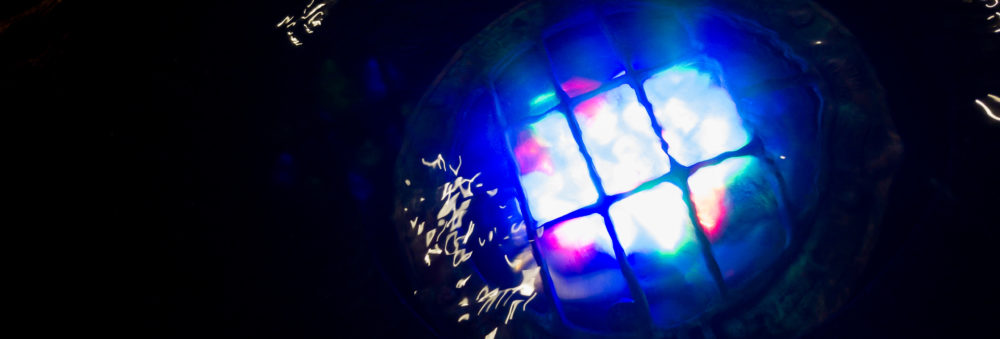I’m now going to write about something I usually don’t write much about, but which makes possible all the stuff that I publish online. Hardware.
Why I don’t write about it, well, because I just assume it implicitly. Computers, cameras, lenses, they are tools. If they work well, I don’t give much fuck about them. When they fail or become a pain in the ass, I have to think about them and do something. Such as now.
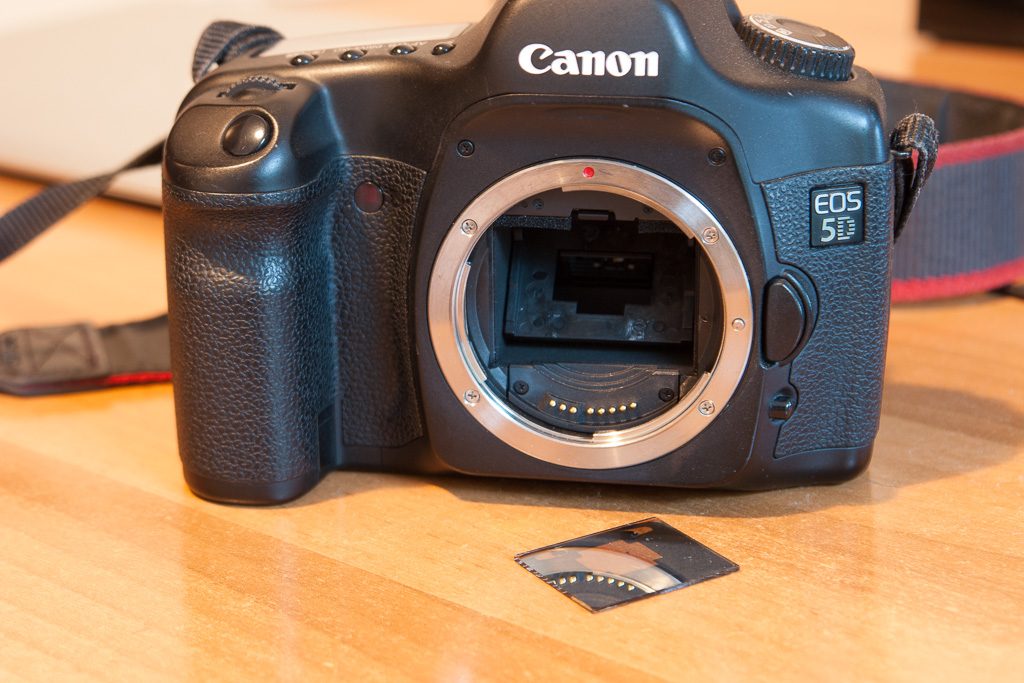
This is my main camera, Canon EOS 5d dSLR which I bought in 2006. I used it to record a huge number of photos, including majority of stuff used on a photo exhibition and in my commercial work (corporate and private websites).

This is the second time the mirror fell off. The first time I glued it back with superglue. The second time I did the same, but I no longer have that much faith in the process. There’s a factory recall for it, and of course I could have it professionally serviced, but the problem is, it’s 10 years old. Technology did manage to advance significantly in the meantime and while worth fixing, it’s not worth keeping as my main camera. As in, I need a new camera body to put my Canon lenses on.
This is my secondary camera:
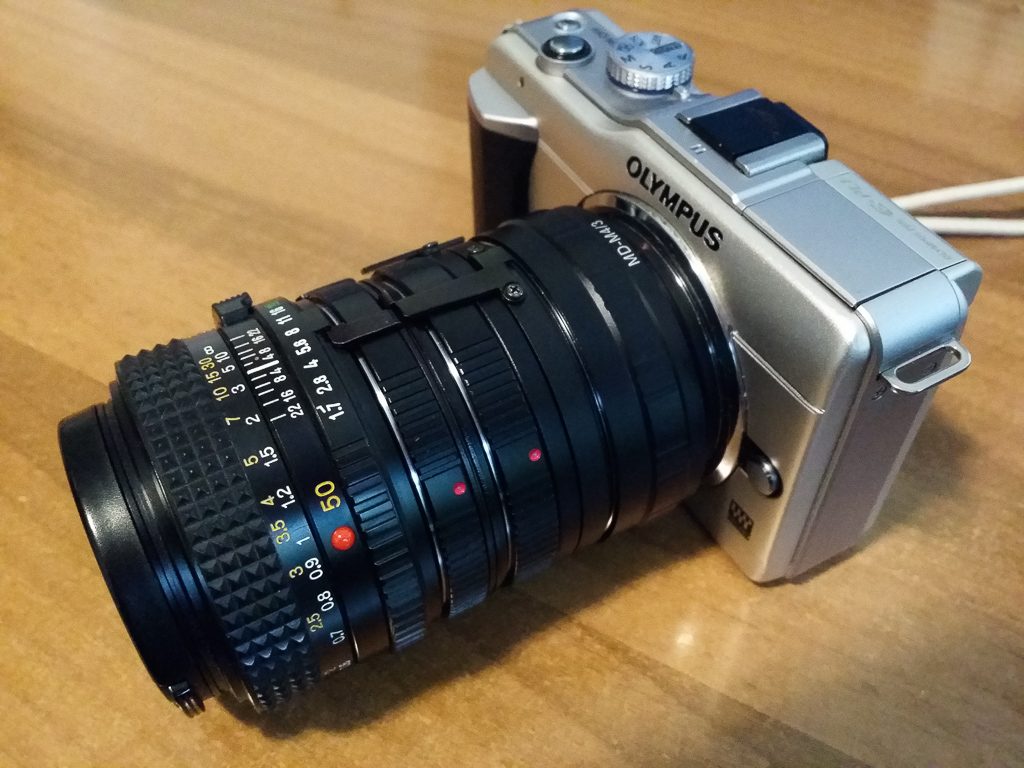
It’s the Olympus E-PL1, a micro four-thirds body that I use to mount legacy Minolta lenses and macro extenders. It creates excellent images, almost on-par with the Canon 5D.
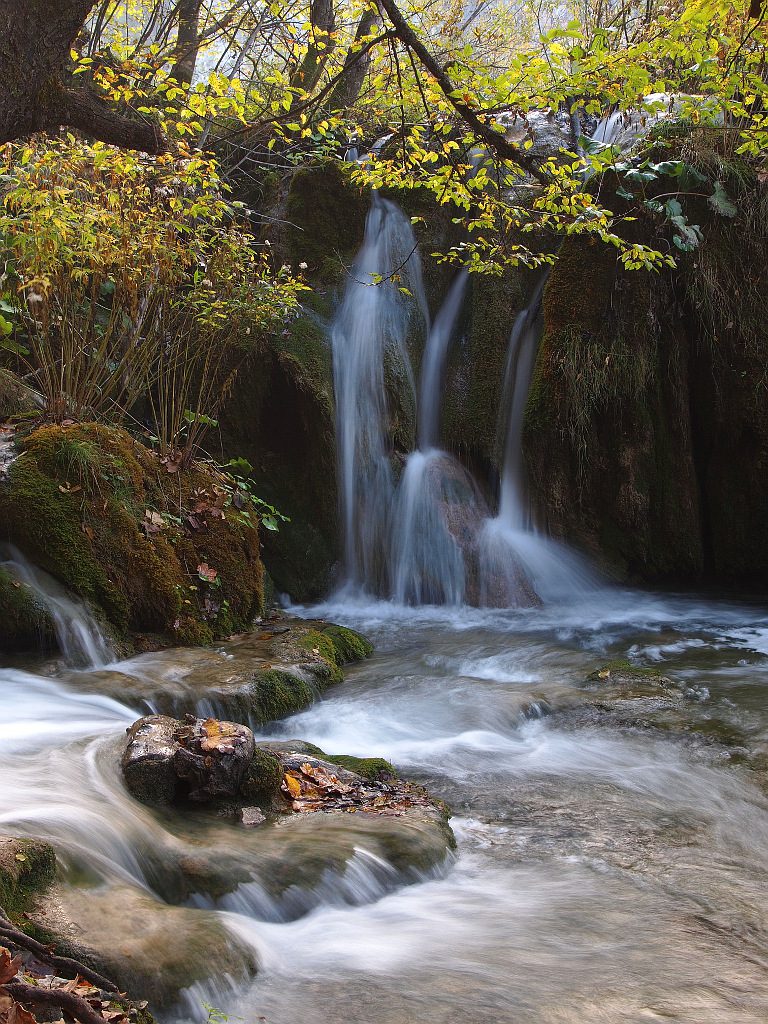
The problem is, everything on the camera except the sensor is a pile of shit. It’s the most awkward, uncomfortable, unergonomic camera imaginable and despite great image quality it made photography a huge pain in the ass for me, especially since it’s usually my walkaround camera of choice, being small and light. It also doesn’t have a viewfinder so I can only take pictures holding it at arm’s length, like a phone. This doesn’t help with image stability. Also, you can’t see shit on the screen during strong sunlight, which happens to be when there’s best light for translucent motives. Essentially, I put it on the floor, guesstimate the focus and pray. That’s not how you’re supposed to do things. On a tripod, of course, it’s great, but having the smallest possible camera and then taking a tripod along that’s several times the weight and bulk of your proper camera, that doesn’t make much sense.
The Olympus has one absolutely great quality: it shows you exactly what the sensor sees, including 100% magnification, which is great for manually focusing with precision that’s completely beyond any autofocus system that I’ve tried. This means you can really nail the sharpness, if you work slowly of course. Which I do. Also, you can overlay the live histogram on the display, very accurately nailing exposure without retrying. Also, it has in-body image stabilization, which is incredibly helpful for hand-held work in low light, which is about 50% of everything I do. Those things are so helpful that I’ve found myself neglecting the Canon for the Olympus, with the result of not being able to use all the Canon lenses that I have.
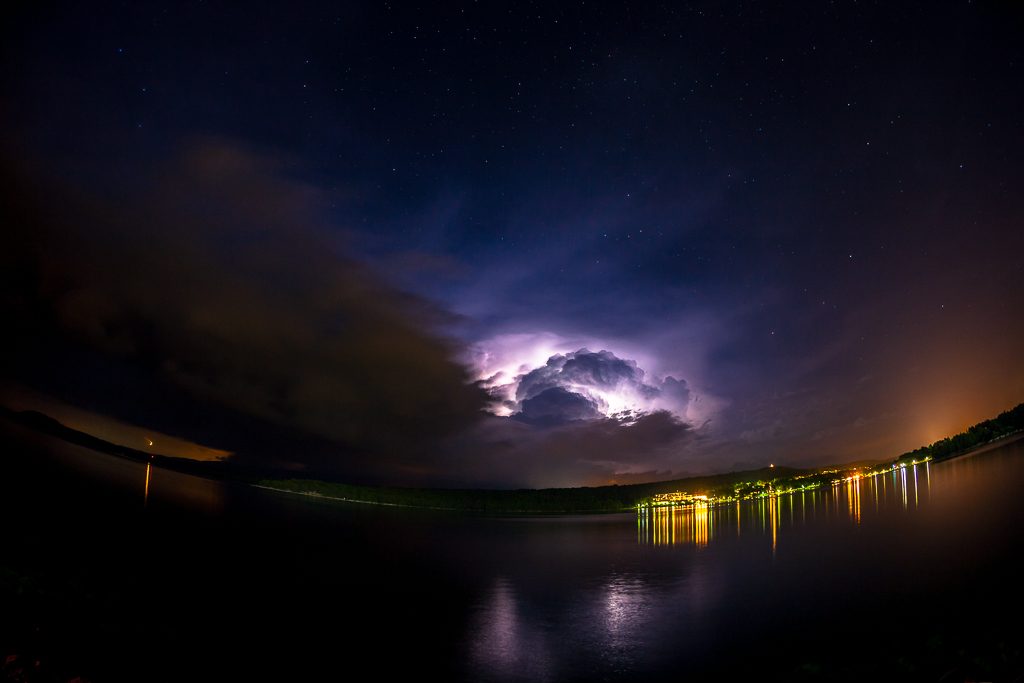
What can Canon do, that Olympus can not? This.
As a result, I figured out that my ideal camera would be something that has live view with the articulated screen (so that I can put it in the grass, and tilt the screen upwards to see what I’m doing), a quick high-resolution viewfinder, 35mm sensor with the same image quality as I have on the Canon, to be small enough not to be bothersome when I take it with me for a long walk, it needs to have sensor-based image stabilization (because none of my lenses have IS) and it has to be able to work with lenses adapted from both Canon EF and Minolta MC/MD mounts, so that I could use everything I already have because it’s good and I don’t feel like wasting money on duplicating optics.
As it turns out, such a camera exists: all three Sony A7 second-generation models fit all my requirements. Since A7S II is specialized for video (which I don’t shoot) and too expensive, and A7R II is too expensive, I decided to get the A7 II. Advantages: not too expensive, and has the same goodies as the other two, minus the super-fancy viewfinder and the super-fancy backside-illuminated ultra high-res sensor from the R model. I decided I can live without those for the benefit of costing half the money and being identical in all other regards. As for the resolution, I shoot at 12-13 MP and from that I routinely make B2 sized prints. 24MP will be just fine. Yes, I’m competent enough to actually utilize the R-model’s 42MP sensor, but for the difference in price I can get all the lenses I would want, and those are worth more to me.
I recently bought a used Sony R1 for my kid, and I tried taking pictures with it myself. The image quality, when used properly, is so similar to Canon 5D that it looks like two shots taken with the same camera and different lenses. It has gorgeous image quality on low ISO, paired with a lens that is excellent when stopped down properly.
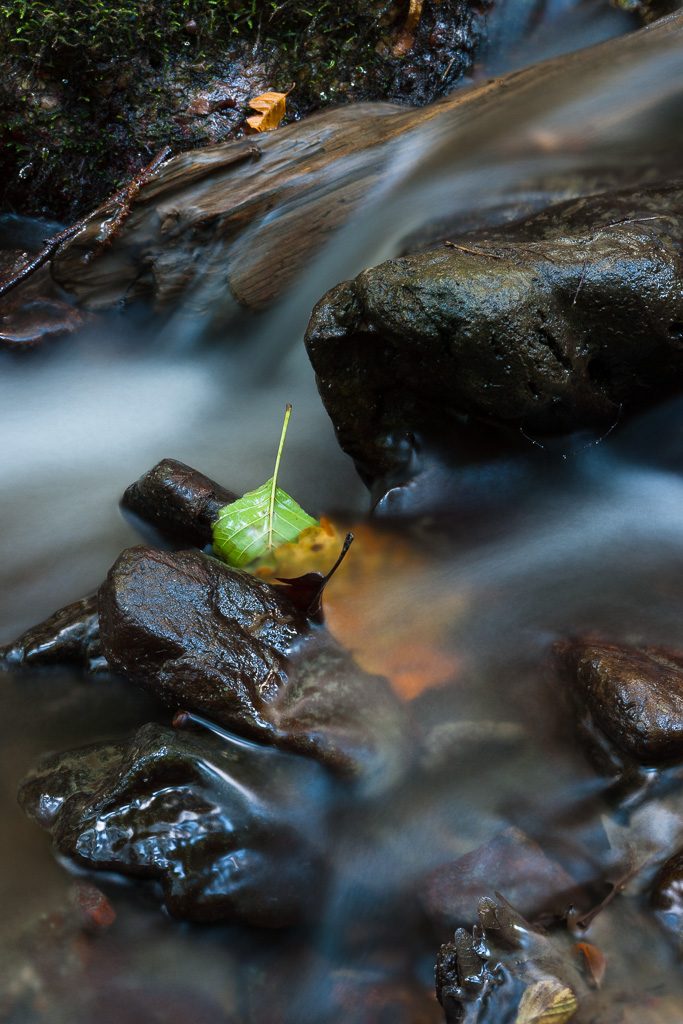
The problem is, it’s a perfect camera for slow tripod work and shitty camera for hand-held work, especially in low light. No image stabilization of any kind, very noisy above base ISO, and very difficult to focus accurately due to shitty AF and very low resolution viewfinder and display without any indication of in-focus areas. Also, the lens is not sharp on close focus, especially wide open, which is how I use it for more than half of my photography. Also, it only has that one lens, so no macro extenders, and no extreme wide angle. Not good for me. Great for my kid to learn photography, though, so it’s still a big win.
Regarding lenses, I have a love-hate relationship with the “mid-range zooms”. I had several excellent ones – Minolta MD 35-70mm f/3.5 and Zuiko Digital 14-54mm f/2.8-3.5, for instance, and also Canon EF 35-70mm f/3.5-4.5. The last one isn’t really appreciated but I made most of my closeup and landscape shots with it.

EF 35-70mm f/3.5-4.5 “shit lens” with macro extension tubes
It’s a pathetic-looking creaky plasticky thingy that makes jaw-dropping pictures if you know how to use it. So it’s obvious why I like this type of lenses. The reason why I hate them is that when I have one, I tend not to take it off my camera because it’s convenient, and so I end up using it in places where it sucks and it degrades the quality of my work. Especially when I use the 14-42mm f/3.5-5.6 on the E-PL1, which is optically my worst lens and is just fucking terrible in all ways but one: it’s small and light, and so I end up using it instead of proper, albeit heavy pieces of glass.

So, of course, I got a mid-range kit zoom for the Sony, the 28-70mm thing that everybody says is soft and has low contrast. The problem is, the alternative is the Zeiss 24-70mm which has better contrast and it looks nicer, but most copies seem to be soft and can be actually worse than the cheaper kit zoom. So I said, OK, let’s get the plasticky cheap one because it was almost free (the kit with the lens was barely more expensive than the body alone), and I can use it on a tripod stopped down to f/13-16 which is where I take most of my tripod photography on 35mm, and it better be tack sharp there. But if it’s any good, I’ll have one light walkaround autofocus lens if I just want to have something better than my phone with me and not carry several kilos of gear, and if I want sharp, I have lenses that do just that. The 24-70mm Zeiss, it’s simply too expensive for me to buy without testing the specific copy extensively prior to purchase; it’s a thousand-euro lens, for fuck’s sake. For that kind of money, it better give blowjobs and make great coffee. But according to all reports, it’s optically sub-par, and if I want a really sharp one in that range, I’ll probably try something from the Sigma’s Art series, like the 24-105mm. If I want light, I’ll have the plasticky cheap one, and if I want something that’s both light and good, I’ll get the 35mm f/2.8 Zeiss. That one is almost pocketable, it’s really sharp, and it can still cut the depth of field well enough for my uses. Also, 35mm is probably my favorite focal length for landscapes, because anything wider usually grabs telephone poles and similar stuff that I want to omit in normal situations, and is still wide enough to make sense. I also love how the other Sony-Zeiss prime, the 55mm f/1.8, draws, but that one is more of a specialist tool. It does portraits and closeups excellently, but for those I would actually prefer the 90mm f/2.8 macro. For walkaround photography, the 55mm is too long; my walkaround lenses are usually the 17-40mm or the 15mm fisheye, and it wouldn’t surprise me a bit if I end up using the fisheye as the mainstay on the Sony.
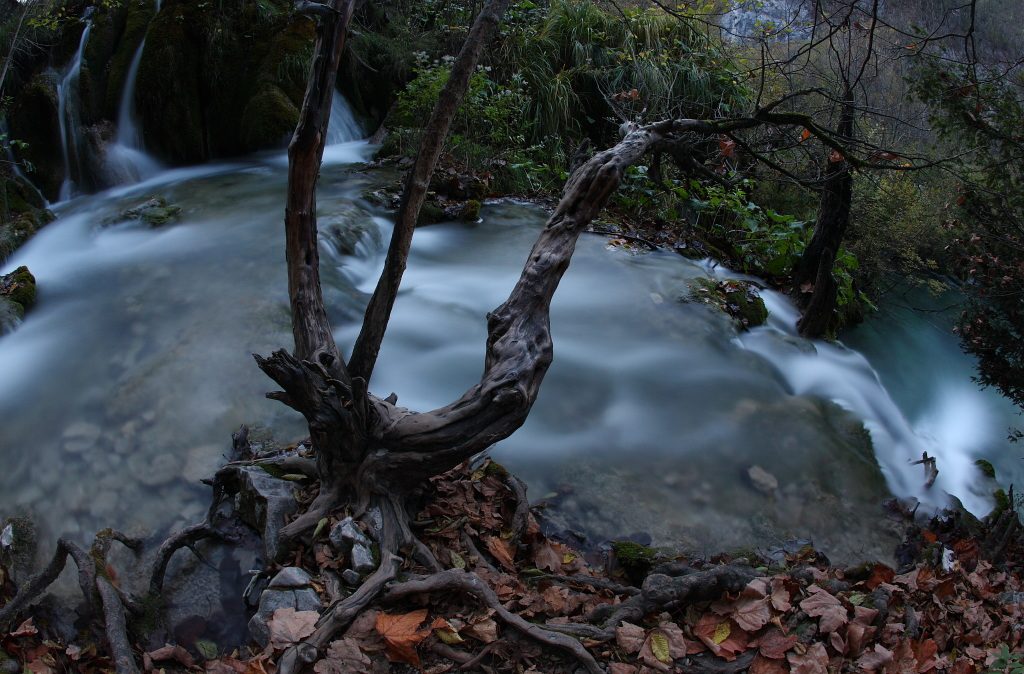
Someone will say, what about the lack of autofocus on the adapted lenses? Honestly, I usually work slowly and turn the damn thing off anyway in most cases. The only thing for which I really prefer autofocus are the portraits, because with manual focusing it’s really difficult to get the eyes critically sharp on as shallow depth of field as I prefer it to be, because the model’s breathing motions are usually all it takes to bring the iris out of focus. Accurate focus confirmation, however, might be enough for me to get accurate focus with MF lenses.
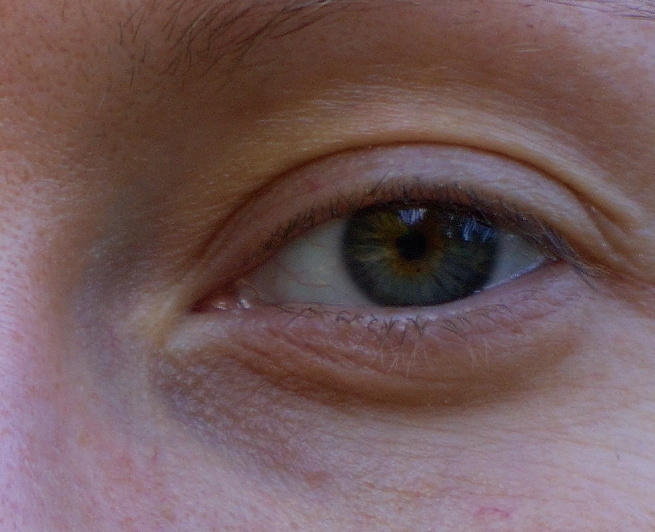
Olympus E-PL1 with Minolta MD 50mm f/1.7, manual focus
I anticipate the question: why do you whine so fucking much when it’s obvious that you manage to make similarly good pictures with any kind of equipment you get your hands on? Because the process of making the pictures is supposed to be fun. If something is painful to use, I will stop using it. Some pieces of equipment had the result of making me turn away from photography almost completely. Equipment is important in the sense that it can either feel nice and wonderful to work with, or it can feel like having your nails pulled with rusty pilers. I tried both, I don’t have to tell you what kind I prefer.
Anyway, it’s just me thinking out loud about it. You’ll see the pictures when the actual camera arrives. If the Americans don’t cause a nuclear war first.
